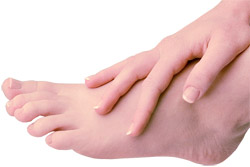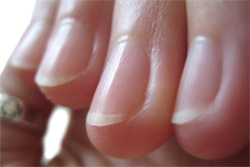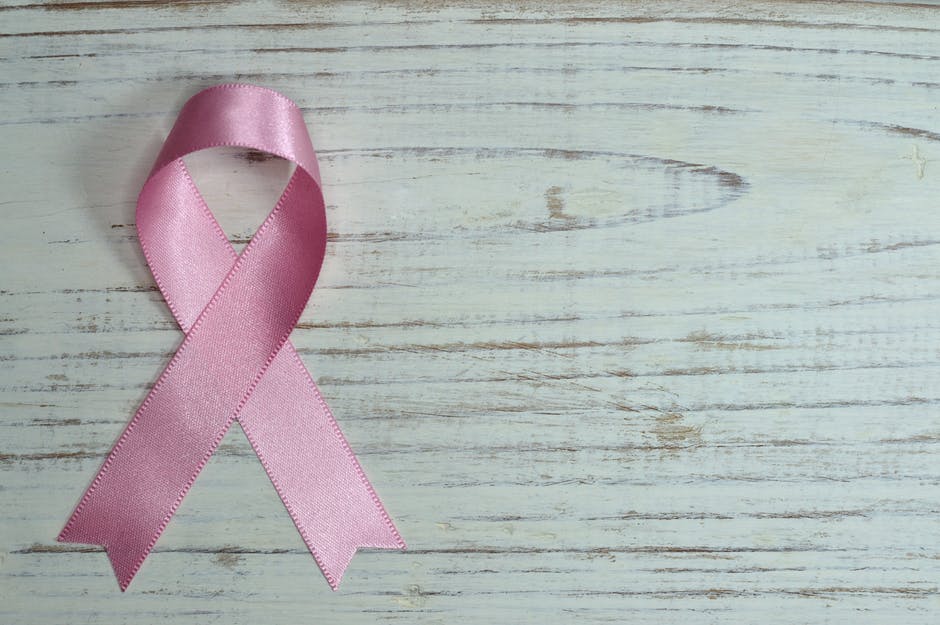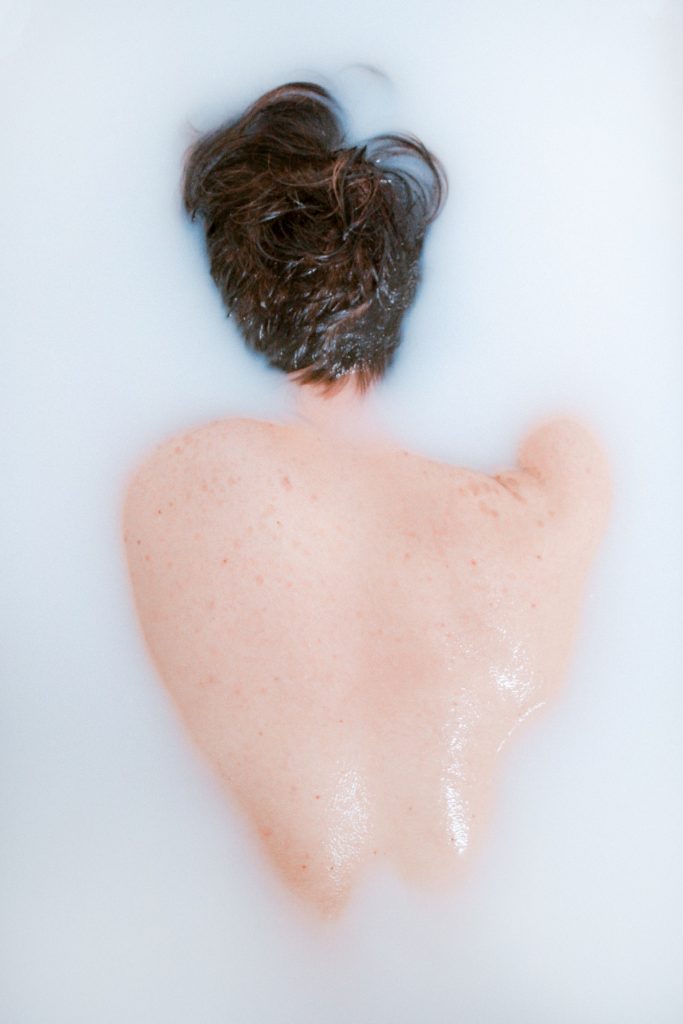- Interesting facts about nails
- Anatomy of nails
- Nail production
- Development of nails
- Injuries to the nail
Interesting facts about nails
- Nails grow throughout our whole lives, but they grow slowest during the first four years of life, and fastest between the ages of 4 and 30 years.
- Fingernails grow more rapidly than toenails.
- Nail growth is fastest in the longer fingers and on people who bite their nails.
- Nails grow faster in summer compared to winter.
Anatomy of nails

The epidermis of the nail bed is mainly thick, and becomes thicker at the nail folds. The dermis is sparse and contains very little fat. Sweat ducts can also be found at the end of the nail bed.
Our nails are made up of keratinised cells. These cells make up the nail plate, which is the structure that covers the nail bed and the matrix underneath it. The nail plate curves slightly, which allows it to embed in the nail folds in the fingers. This is more marked in toe nails than in fingernails to provide additional strength to the foot.
The hyponychium is located where the sterile matrix of the nail bed meets the skin of the fingertip under the nail. The hyponychium is an area of heightened immune activity, where large amounts of immune cells such as lymphocytes are found. As a result, infections underneath the nail are relatively rare unless continued soaking of the fingernail in solutions that injure or destroy the hyponychium occurs, allowing bacteria and fungus to penetrate beneath the nail.
The paronychium contributes to the stability of the nail and its adherence to the fingertip, and is located where the skin of the finger comes into contact with where the nail curves into the finger. There is currently no specific function associated directly with the paronychium.
Nail production

The nail is produced in three areas of the perionychium – the germinal matrix, sterile matrix and the nail matrix.
Germinal matrix
The majority of the nail is produced by the germinal matrix (around 90% by volume). This matrix extends from the base of the nail to the lunula. Cells in the matrix replicate by a process where the cells flatten and are pressed forward and upward while retaining their nuclei (the central body within a cell). This retention gives the nail its white colour through the arc of the lunula (the “moon” of the nail). Where the nuclei are lost, the nail is clear, showing the pink colouring of the nail bed through it.
Sterile matrix
The sterile matrix contributes to nail production as the nuclei of its cells disintegrate. When this occurs, 1-2 layers of germinal cells push upward and become attached to all the surrounding nail cells. These cells then become part of the nail that has been produced by the germinal matrix, and progresses towards the end of the nail with it. The nail therefore gets thicker towards the end to compensate for surface wear.
Nail matrix
The nail matrix produces the nail in a manner similar to the sterile matrix on the roof of the nail. The nail matrix produces the shine of the nail, and removing this part of the nail results in the shine of the nail being lost and can result in an irregular surface.
Development of nails
- 9 weeks after fertilisation – The first embryonic element of the nail appears.
- 13 weeks – The nail area in the finger is well defined.
- 14 weeks – The nail plate appears from underneath the nail fold.
- 17 weeks – The nail bed is is mostly covered by the nail plate.
- 20 weeks – Both the nail unit and the fingers grow in tandem from this point.
- Birth – The nail plate extends to the end of the fingertip.
Injuries to the nail

Self-inflicted injuries
Self-inflicted injuries to the nail bed mostly result from habits such as nail biting or flicking the eponychium of one digit with a nail from another. The use of artificial nails can also cause poor keratinisation of the underlying nail, thus providing the opportunity for fungal infections which could injure the nail.
Traumatic injuries
Traumatic injuries may occur as a result of sharp lacerations, when these lacerations occur with sufficient force to penetrate the nail plate. When this happens, the lacerations often continue down the tip, resulting in a complete amputation of the tip.
Crush injuries
Crush injuries occur when the nail bed, which is soft, is crushed between the bone of the finger and the nail plate, both of which are hard. This can lead to a range of injuries including a subungual haematoma and complex lacerations.
Avulsion injuries
Avulsion injuries can occur from a crush of grinding type injury, producing lacerations and in fact completely removing a portion of the nail plate, nail bed and paronychium. If the nail plate is ripped off itself, the nail bed may be lacerated or avulsed in the process.
Iatrogenic injuries
Iatrogenic injuries occur from the traumatic removal of the nail plate during surgical procedures. These injuries can also occur from insufficient reduction of a fracture of the finger bone or from the placement of fixation pins during the treatment of a fracture.
References
- Brown RE. Acute nail bed injuries. Hand Clinics. 2002; 18(4): 561-575.
- de Berker DAR, Andre J, Baran R. Nail biology and nail science. International Journal of Cosmestic Science. 2007; 29: 241-275.
- Zook EG. Anatomy and physiology of the perionychium. Clinical Anatomy. 2003; 16: 1-8.
All content and media on the HealthEngine Blog is created and published online for informational purposes only. It is not intended to be a substitute for professional medical advice and should not be relied on as health or personal advice. Always seek the guidance of your doctor or other qualified health professional with any questions you may have regarding your health or a medical condition. Never disregard the advice of a medical professional, or delay in seeking it because of something you have read on this Website. If you think you may have a medical emergency, call your doctor, go to the nearest hospital emergency department, or call the emergency services immediately.





